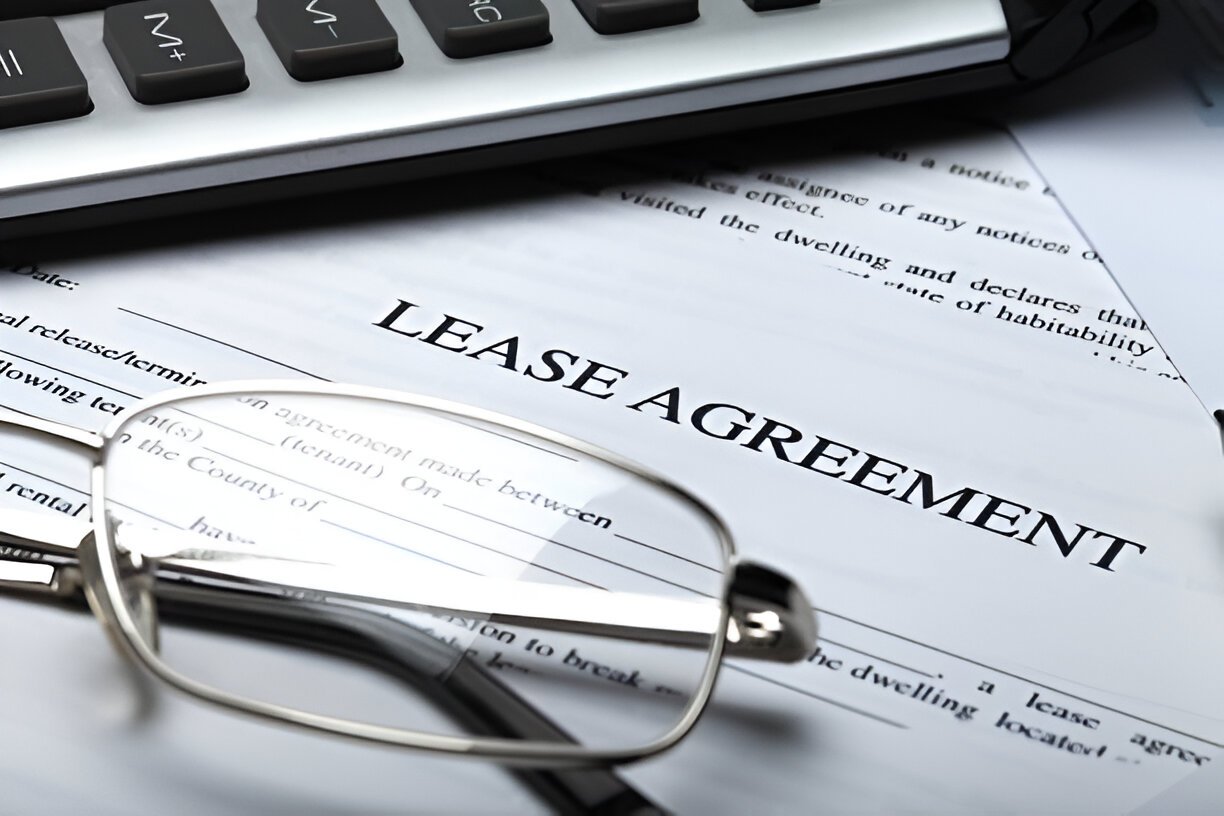Lease agreements shape how businesses and individuals secure property, equipment, or other assets without outright ownership. Long leases, in particular, come with unique financial and legal implications that many find complex. In this guide, I break down long leases in simple terms, covering their structure, valuation, and key considerations.
Table of Contents
What Is a Long Lease?
A long lease typically extends beyond 10 years, often ranging between 25 to 99 years. Unlike short-term leases, which last a few months or years, long leases provide stability but also lock tenants into extended obligations. These leases are common in commercial real estate, where businesses need long-term occupancy for offices, warehouses, or retail spaces.
Key Features of Long Leases
- Fixed Duration: Unlike month-to-month agreements, long leases have a predetermined end date.
- Financial Commitments: Tenants agree to periodic payments (monthly, quarterly, or annually).
- Renewal Clauses: Some leases include options to extend the term.
- Capitalization Effects: Long leases may appear on balance sheets under accounting rules like ASC 842 (US GAAP).
Types of Lease Agreements
Not all leases are structured the same. The two primary classifications are:
- Operating Lease: Functions like a rental agreement; the lessor retains ownership, and payments are treated as expenses.
- Finance Lease (Capital Lease): Transfers most risks and rewards of ownership to the lessee, requiring asset and liability recognition.
The distinction hinges on criteria like lease term, present value of payments, and transfer of ownership.
Comparison: Operating Lease vs. Finance Lease
| Feature | Operating Lease | Finance Lease |
|---|---|---|
| Ownership Transfer | No | Yes (often at lease end) |
| Balance Sheet Impact | Off-balance sheet | On-balance sheet |
| Lease Term | Shorter (usually < 75% of asset life) | Longer (≥ 75% of asset life) |
| Tax Treatment | Payments deductible as expenses | Depreciation + interest expense |
Financial Valuation of Long Leases
Understanding the financial mechanics of long leases helps in decision-making. The core concept is the present value (PV) of lease payments.
Present Value Calculation
The PV of future lease payments determines the liability recorded on the balance sheet. The formula is:
PV = \sum_{t=1}^{n} \frac{PMT_t}{(1 + r)^t}Where:
- PMT_t = Lease payment in period t
- r = Discount rate (lessee’s incremental borrowing rate)
- n = Lease term
Example Calculation
Suppose a business signs a 10-year lease with annual payments of $50,000 and a discount rate of 5%. The PV is:
PV = \frac{50,000}{(1 + 0.05)^1} + \frac{50,000}{(1 + 0.05)^2} + \dots + \frac{50,000}{(1 + 0.05)^{10}}Using an annuity formula simplifies this:
PV = PMT \times \frac{1 - (1 + r)^{-n}}{r}Plugging in the numbers:
PV = 50,000 \times \frac{1 - (1 + 0.05)^{-10}}{0.05} \approx 386,087The business records $386,087 as a lease liability.
Accounting for Long Leases (ASC 842 & IFRS 16)
US GAAP (ASC 842) and IFRS 16 require lessees to recognize most leases on the balance sheet. Here’s how it works:
- Initial Recognition:
- Record a right-of-use (ROU) asset and lease liability at PV of payments.
- Subsequent Measurement:
- Amortize the ROU asset.
- Reduce liability via principal + interest payments.
Journal Entry Example
At lease commencement:
- Debit ROU Asset: $386,087
- Credit Lease Liability: $386,087
Each payment splits into interest and principal components.
Tax Implications
Lease payments are generally tax-deductible, but rules differ:
- Operating Lease: Full payment deductible.
- Finance Lease: Interest + depreciation deductions.
Consulting a tax professional ensures compliance with IRS rules.
Advantages and Disadvantages of Long Leases
Pros
- Predictable Costs: Fixed payments aid budgeting.
- Preserved Capital: Avoids large upfront purchase costs.
- Flexibility: Upgrading assets is easier at lease end.
Cons
- Long-Term Obligation: Exiting early may incur penalties.
- Balance Sheet Impact: Finance leases increase liabilities.
- Potential Overpayment: Total lease costs may exceed asset value.
Negotiating a Long Lease
Key negotiation points:
- Lease Term: Opt for flexibility if business needs may change.
- Renewal Options: Secure favorable terms for extensions.
- Maintenance Clauses: Clarify responsibility for repairs.
Real-World Example: Retail Space Lease
A retailer leases a 5,000 sq. ft. space for 15 years at $30/sq. ft. annually.
- Annual Payment: 5,000 \times 30 = 150,000
- Total Commitment: 150,000 \times 15 = 2,250,000
If the discount rate is 6%, the PV is:
PV = 150,000 \times \frac{1 - (1 + 0.06)^{-15}}{0.06} \approx 1,457,000This liability affects the retailer’s financial statements.
Conclusion
Long leases offer stability but require careful financial and legal assessment. By understanding present value calculations, accounting rules, and negotiation strategies, businesses and individuals can make informed leasing decisions. Always consult legal and financial experts before signing long-term agreements.





